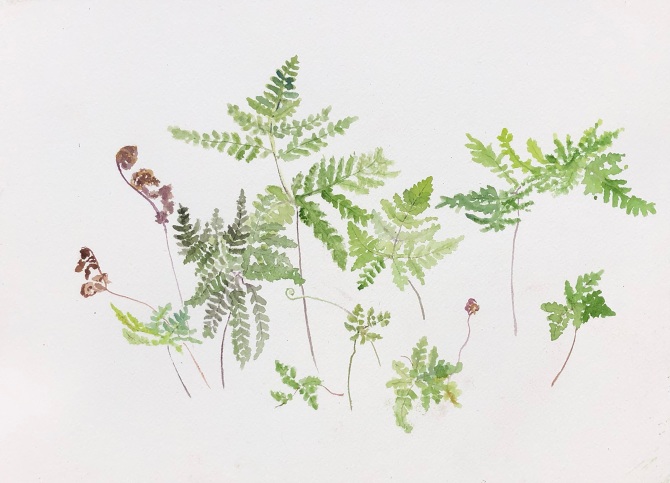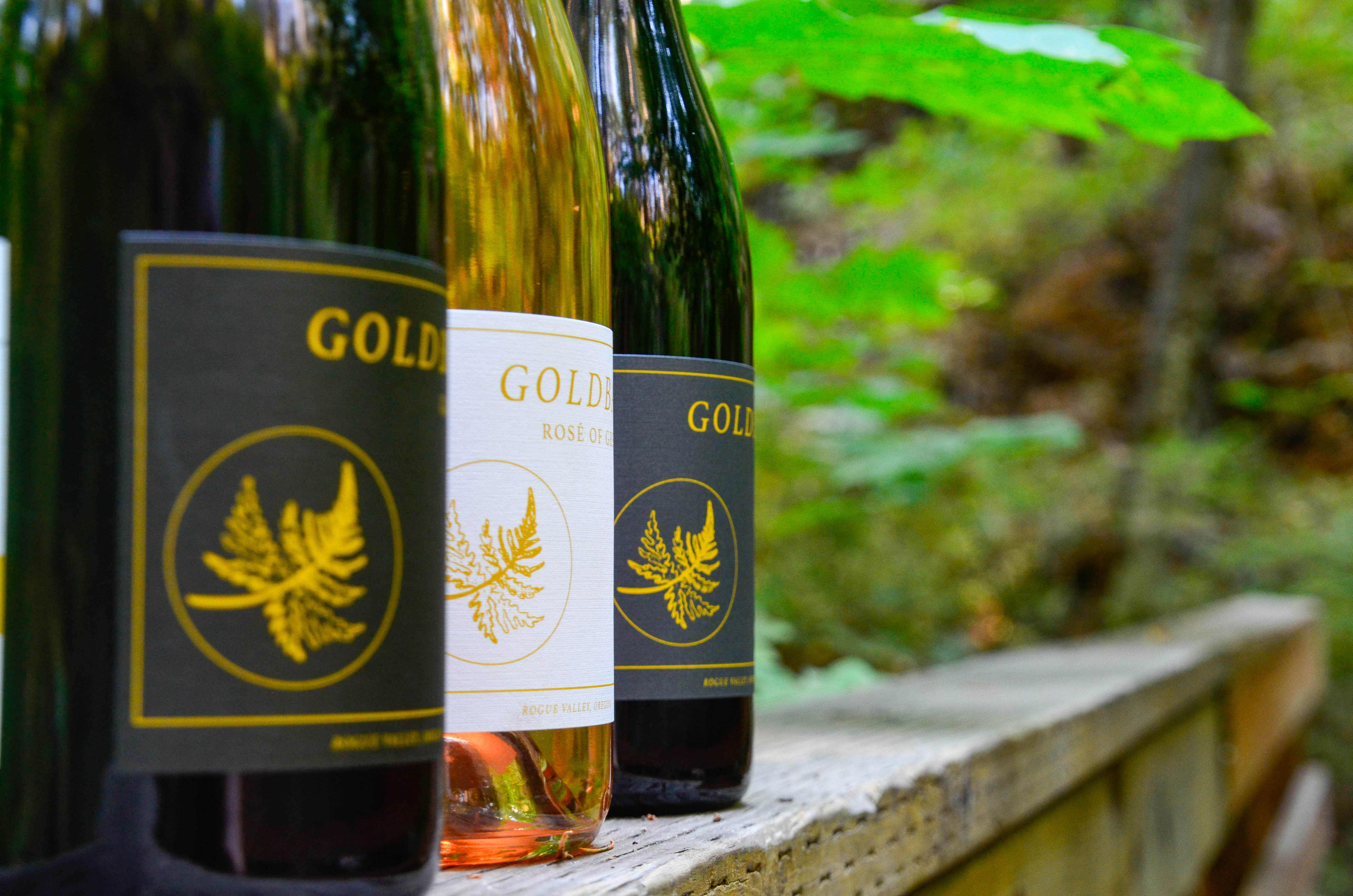
Pentagramma Triangularis


Pentagramma triangularis, commonly known as the gold fern or the goldback fern, is a species of fern in the family Pteridaceae, native to Western North America, with highest abundance in the state of California and Oregon.Its common name “goldback” refers to the light yellow color of the fern’s protective coating which inhibits moisture loss. The gold texture appears as a dry powder that is excreted on the underside of the fern. The Latin specific epithet Pentagramma derives from “five lines” or “stripes” while triangularis derives from “three sided”, describing the shape of the fern’s broad triangular fronds.
Like all ferns, P. triangularis does not produce flowers nor seeds, only spores. It has long smooth petioles (frond stems) that are anywhere from black to brown in color, and its fronds are bright to dark green on top with dark spore sacs (sporangia) on the leaf bottom surrounded by a lighter yellow excreted powdery substance
The fronds are eaten by species such as the Dusky-footed woodrat.
The Indigenous tribes of California would use the goldback fern as an analgesic treatment. The Karuk tribe would use the fern to treat pain related to childbirth, and the Miwok tribe would use the fern as a treatment for toothaches. Additionally, Yurok tribe children would use the fern to create body art with the golden powder
- “Hemionitis triangularis (Kaulf.) Christenh”. Plants of the World Online. Royal Botanic Gardens, Kew. Retrieved 2020-01-05.


